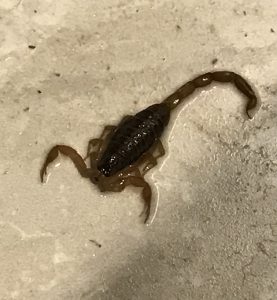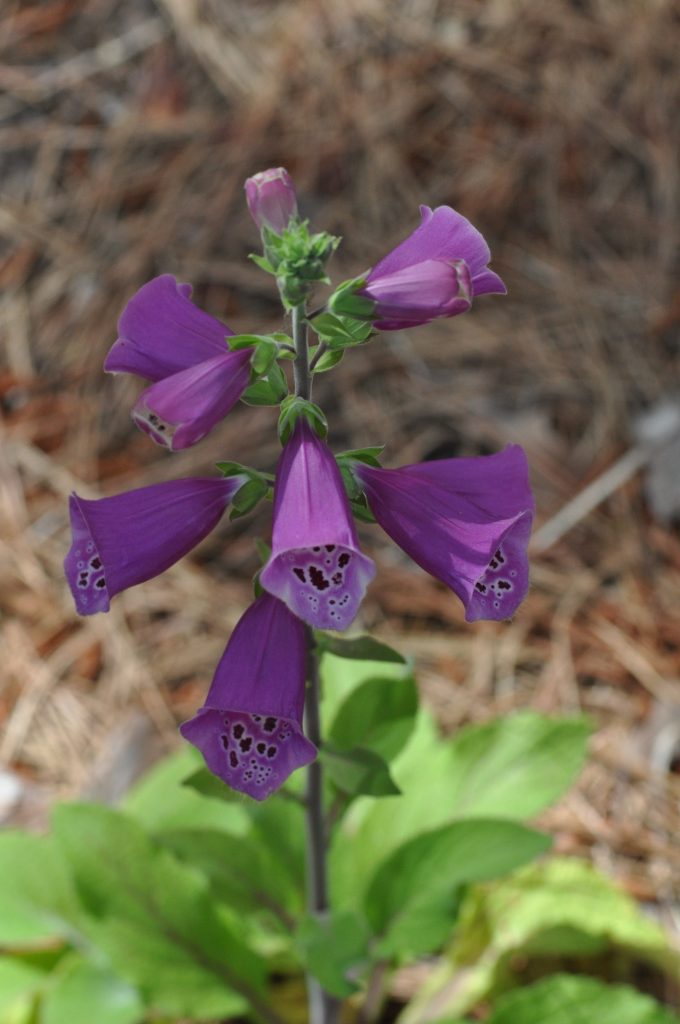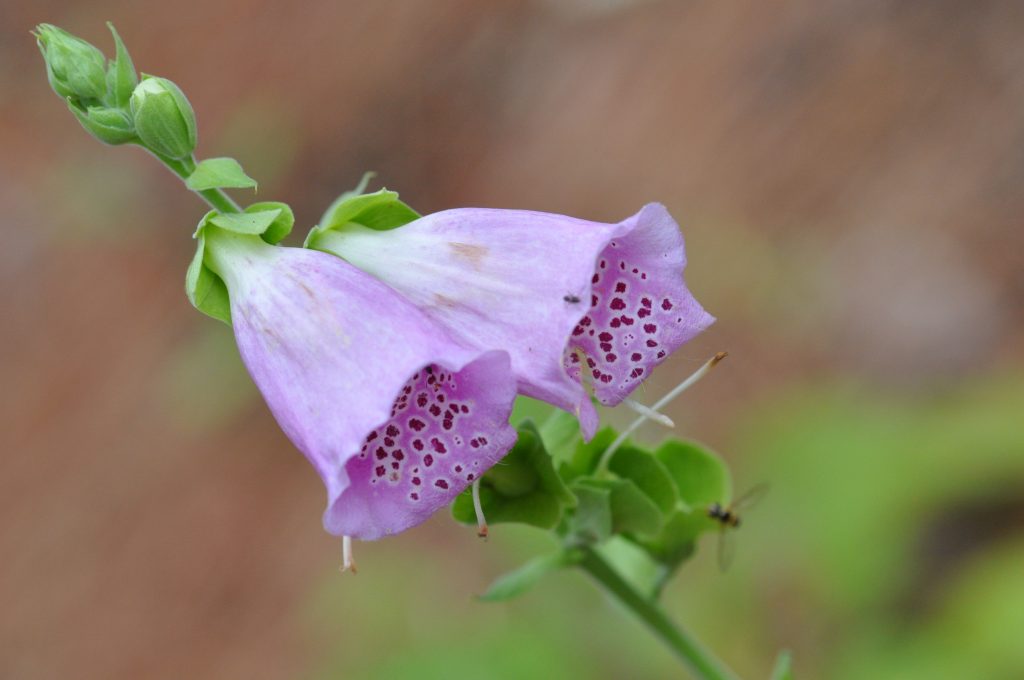KN, p. 321 “Death by Scorpion”
 If there are no paragraph separations in this article, please double-click on the title to create a more readable version.
If there are no paragraph separations in this article, please double-click on the title to create a more readable version.
It was 2 a.m. Awakened by the call of nature, I remembered I was in Texas and slipped on my shoes. Ya never know what is going to greet you in the middle of the night, but scorpions were not at the top of my list to be inside the house I had rented.
Surprise! A two-inch brown fella was lurking near a wall as I flipped on the bathroom light. He froze, then waved that pesky tail. I froze, then grabbed a can of Lysol and kept spraying at him from five feet away until he stopped moving. I knew that wouldn’t kill him, but it would slow him and give me time to drop a wet paper towel on top of him. I could then stomp the daylights out of him and dispose of the body.
Having lived in Texas for a dozen years a decade ago, I was familiar with the various poisonous critters that the State is known for, but I had only known scorpions to hang out near swimming pools. No swimming pools within ten miles, so where did it come from? Hmmm… too tired to deal with that question, I returned to bed, but left the light on behind me.
The next night, around the same time, I awoke as thirsty as a parched traveler in the high desert and headed to the kitchen faucet. I was not alone. A scorpion sat in the bottom of the sink and as I waved my hand above it, saluted me with his threatening appendage. I reached for the avocado oil conveniently nearby and sprayed until he stopped waving that tail. It took a minute… or three. This time when I dropped the paper towel on top of him, I heard a crunching sound as I pressed. Ewww. But, he was deader than dead. Whew!!!
Leaving the lights on at night kept the critters out of sight for the rest of my stay. The homeowner had sprayed outside before my arrival, but definitely needed to do more.
So, what’s the big deal? Most scorpion stings result in minor swelling and crazy burning itching, but a few cause more severe reactions. Back in 2021, scorpion stings caused over 3,200 deaths in the world. There are over 100 varieties of scorpions in the USA, with a surprising 1,750* varieties on the planet, and only twenty-five of those have deadly venom. Phoenix, Arizona, is recorded as having the highest incidence of scorpion stings in the USA in the past, but the area has worked hard to correct that in recent decades.
Featured in multiple movies (Gods of Egypt, Bordertown, etc.) and TV shows (Death in Paradise and more) as bugs that kill, scorpion stings are a public health problem in hot, humid countries like Africa, India, the Middle East, and especially Mexico where 1000 deaths from scorpion stings have happened some years. By comparison, only four people have died in the last decade in the USA after scorpion stings. However, lest you think you’re safe by living outside the range of the venomous scorpions, they wander elsewhere by crawling into luggage and shoes, and can travel home with you by plane, ship, car, or boat.
A scorpion has a flat body and their hiding places in people’s homes during the day include the many, many cracks near floors, windows, and doors close to water sources. Like any other living creature, they need water to survive, but hang out in those areas because their food source is there as well (insects, spiders, other scorpions, lizards, and even small mice.) They have four pairs of legs, a pair of claws, and a segmented tail with a venomous spike at the end. Scorpions vary in size from a half-inch to a whopping seven inches in length. I have been told by doctors who handle the victims of bites that the big, dark brown/black scorpions won’t kill you, but the stings will hurt like a ball of fire. Young children and older adults are likely to have more severe reactions to the stings of any size and variety and need to be treated ASAP.
In general, scorpions are not aggressive and only attack when bothered. A Texas friend tossed a shirt on the floor, left it there overnight, put the shirt on the next day, and was stung by a scorpion stuck in the folds of the shirt. She’s fine, but experienced the wild burning and itching for a couple of days. No other ill effects, except for having to dispose of the dead scorpion.
The best way to avoid the bites altogether is to shake out shoes and clothes before putting them on…or before packing those clothes into the suitcase. If you like to garden in an area where scorpions have been sighted, long sleeve-shirts and closed-toed shoes are a necessity.
Frequent cleaning and dusting, and being especially thorough with cracks and seat cushions, will help keep the buggers at bay. Screens on the windows and doors keep them outside where they belong, as will filling the cracks with plaster or expanding foam. Anti-scorpion spray can be used around the foundation on a regular basis, but weeding around the foundation and clearing trash away is also important.
By the way, the smaller brown ones are not nice to people, so beware, and keep your shoes on. Death by scorpion can be a bit grisly, with paralysis, blurry vision, rapid tongue movement, thrashing, vomiting, irregular rapid heart beat, high fever, multiple organ failure, and closing airways to follow if not treated in time.* When symptoms reach this level, antivenom may not be enough. Fun fact: scorpion antivenom can cost $40,000. for each vial.
Maybe the night light should be a bit brighter.
*Some information from the US National Institute of Health.
KN, p. 321 “Death by Scorpion” Read More »






